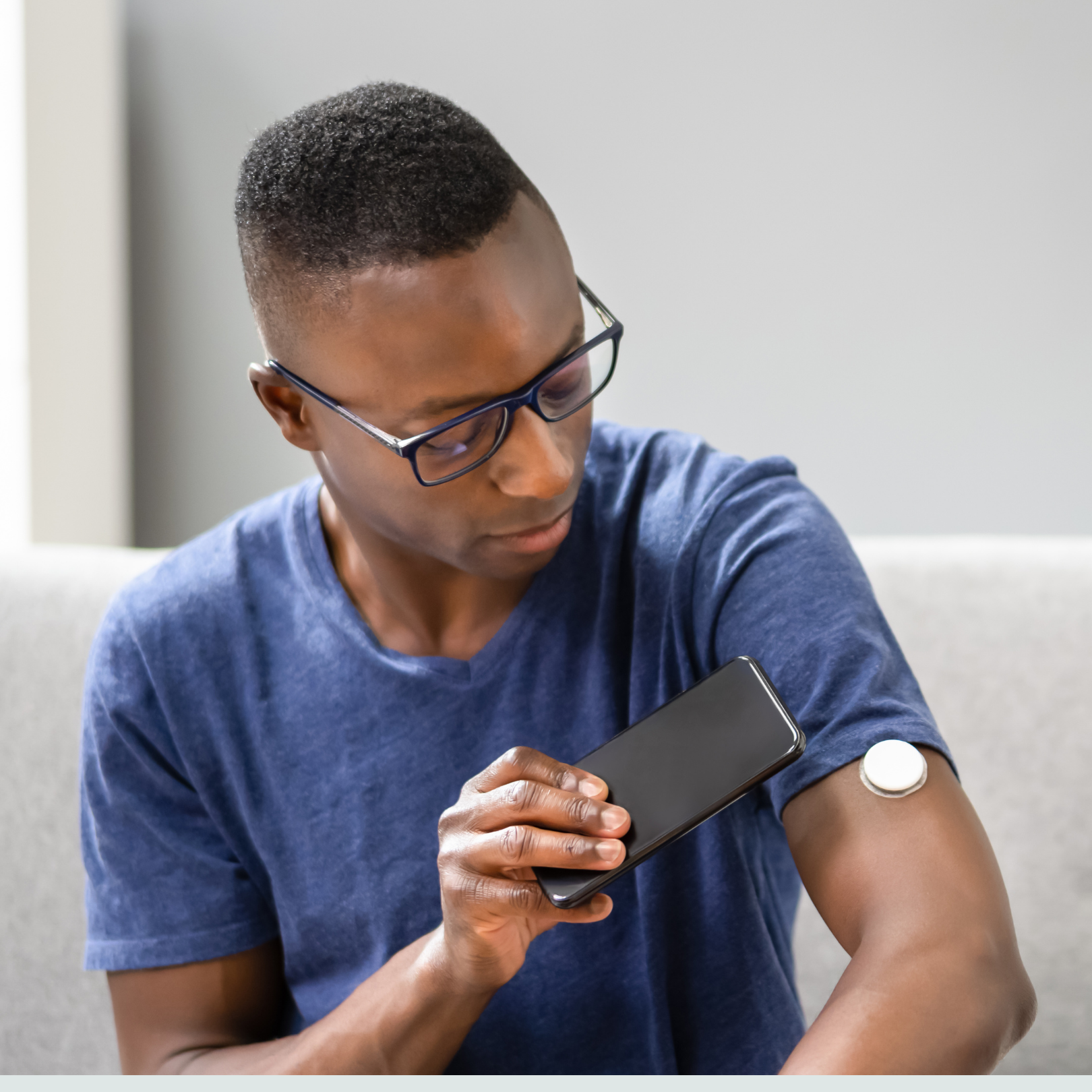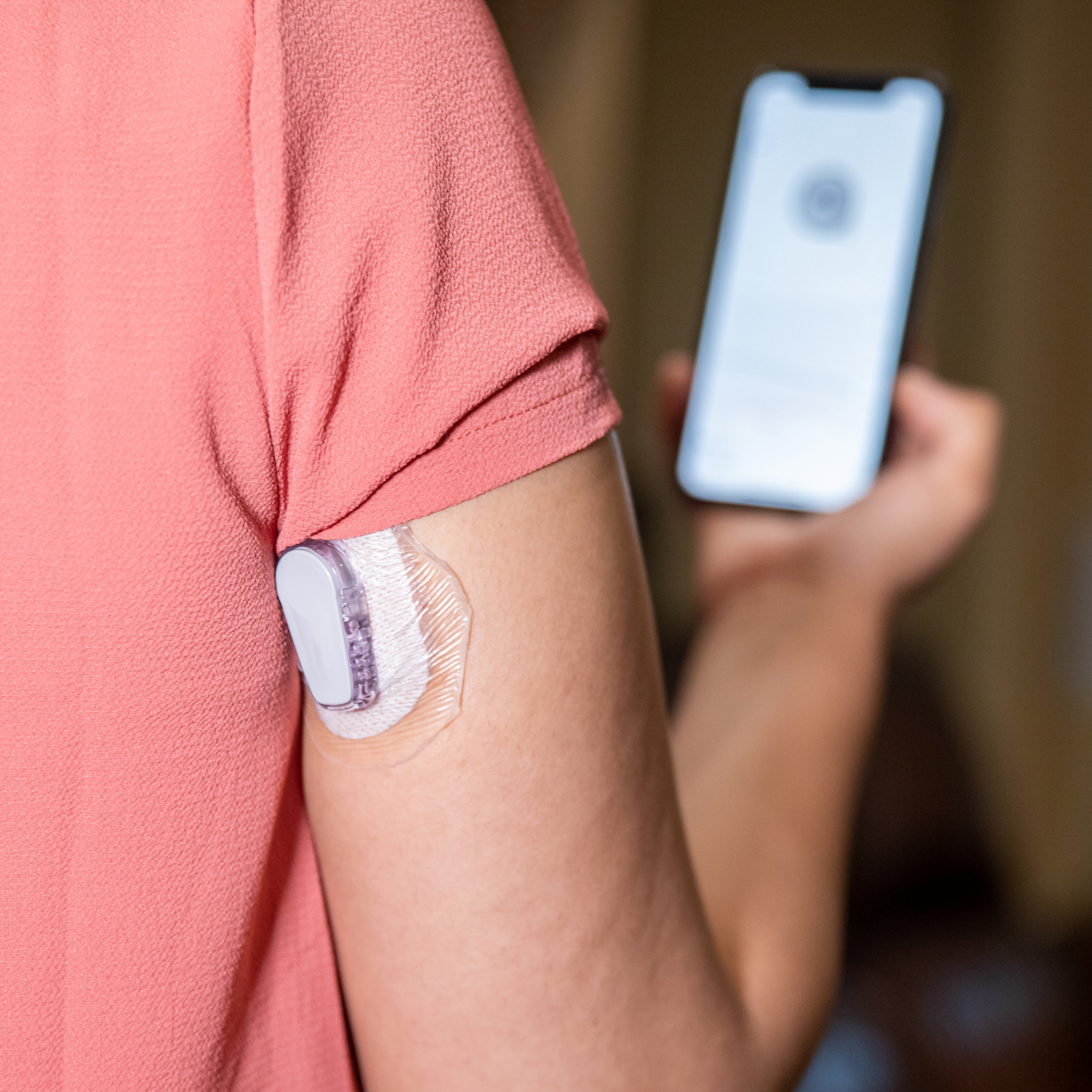News
Insulin infusion technology
The pace of diabetes innovation has sped up tremendously over the past two decades. While there is still no cure, there are a plethora of new medications, therapies, tools and technologies that make living with diabetes more manageable and easier. Let’s take a look back at how far we have come.
Portable subcutaneous continuous insulin infusion (CSII) pumps made their first appearance in the early 1970s. Research studies in early 2000s supported the change in guidelines by demonstrating that switching from multiple daily injections to CSII pump therapy could make a significant impact on the HbA1c by 0.25%-0.75% reduction after 1 year of pump therapy. It also improves fasting blood glucose, episodes of hypoglycemia, and blood glucose variability.
Current players in the market include, Insulet OmniPod, Medtronic MiniMed, Roche, and Tandem t:slim. It was Medtronic in 2013 that changed the playing field by launching the first FDA-Approved Artificial Pancreas Device System with Hypoglycemia Threshold Suspend Automation. This was the first time patients with diabetes were able to have their fears of hypoglycemia reduced. This system automatically shut the pump off if a patient’s blood sugar was dropping too low and would resume activity once the sugar was trending back up.
In 2015 Tandem t:slim, paired with the Dexcom G4, offered a predictive low suspend feature with a touch screen.
In 2017, Medtronic launched the World’s First Hybrid Closed Loop System for Type 1 Diabetes called Minimed 670G. This new system was a step towards the “artificial pancreas”. This pump predictively adjusted insulin doses to address both lows and highs.
Not to be left behind, Tandem released in 2020 the Tandem t:slim X2 Hybrid Closed Loop system with integration of Dexcom’s latest CGM model called G6.
These hybrid closed loop systems provide patients more flexibility, less worry, and more time in range. It is estimated that only 20-30% of type 1 diabetes patients and <1% of type 2 diabetes patients currently use insulin pumps. The often mentioned disadvantages of using an insulin pump include cost, body image, and some find them to be burdensome.
Glucose testing technology
Glucose testing has come a long way since using urine glucose testing in 1908, to the first blood glucose strip in 1965, and the first glucometer in the 1970s. It wasn’t until the National Institute of Health conducted a trial in the 1980s to confirm the need to monitor and control diabetes.







